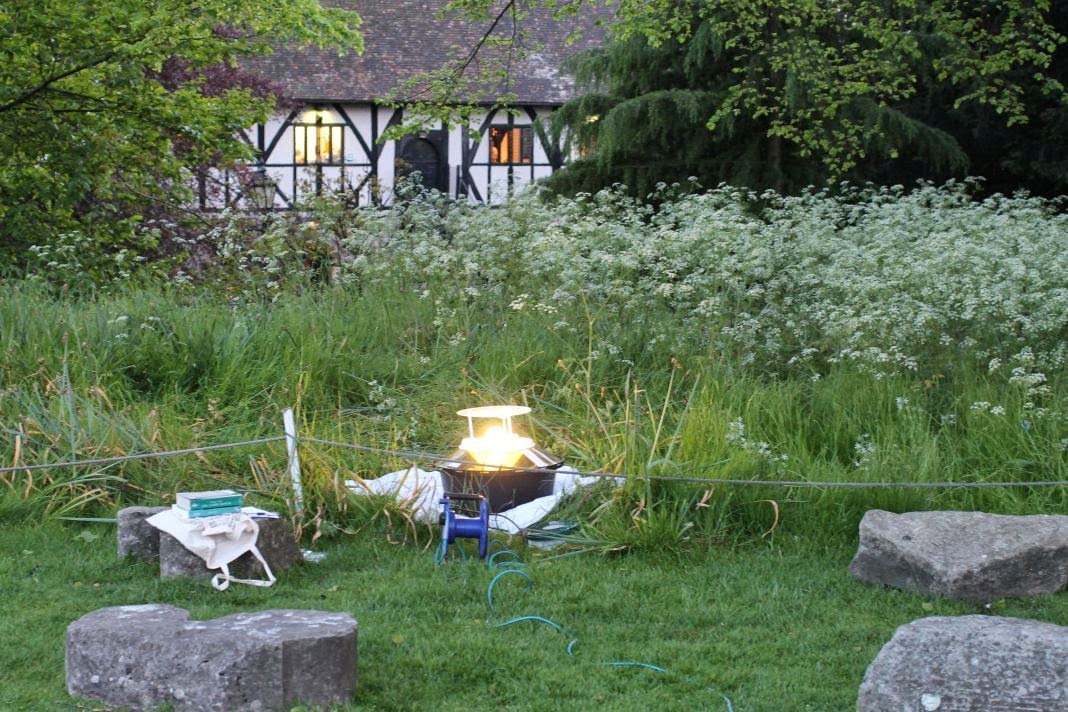 |
| Moth-trapping in the York Museum Trust gardens, York |
Shandy Hall had fifteen species including Herald, Muslin, Buff and White Ermine, Poplar Hawk-moth, Clouded Silver, Silver-ground Carpet, Pebble Prominent, Streamer, Sandy Carpet and Diamond-backed Moth.
I have included images of the Light Brown Apple Moth and the (Lesser) Treble-bar as neither has been recorded at Shandy Hall and they don't make it onto our list until they turn up here. Epiphyas ('upon the shoot' : food plant for the larvae); postvittana ('behind the band' : referring to the pattern on the forewing) is photographed on the bark of an apple tree. Apparently not as troublesome a pest as it was first thought to be on its arrival from Australia in the 1930's.
 |
| Light Brown Apple Moth (Epiphyas postvittana) |
(Lesser) Treble-bar (Aplocera efformata)
PS. Searching for an illustration of the above I can find no reference to 'Lesser Treble-bar' in British Moths and their Transformations (Westwood, illus Humphreys 1844) only the Manchester Treble Bar and the Slender Treble Bar are listed and illustrated (see below). The plant is a Galium sp. it could be woodruff, it could be goose-grass. The Slender has the Latin nomenclature - Anaitis plagiata. In Familiar Butterflies and Moths (Kirby 1901) this same Latin binomial is given to the 'Treble Bar' and an illustration is provided (see further below). No wonder I can't work out whether the moths found in Marygate are Lesser or Slender, with hyphen or without.
 |
| Slender Treble-bar (1844) |
 |
| 'Treble Bar' (1901) |

